Figures & data
Figure 1. Assessing peak force producing capabilities using different grip types, i.e. at the fingertips using an edge (a) and hand using a slope (b), and using different positions, i.e. either elbow isolated (c) or free, open chain (d) positions. Note the bar at the feet in (d) which was useful for participants who were able to pull more than their body mass.
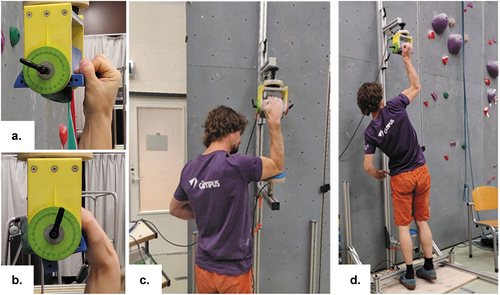
Figure 2. Specifications of the used holds, that is the edge on the left and the sloper on the right. The zoomed in area shows the small pyramids added to the surface to increase friction.
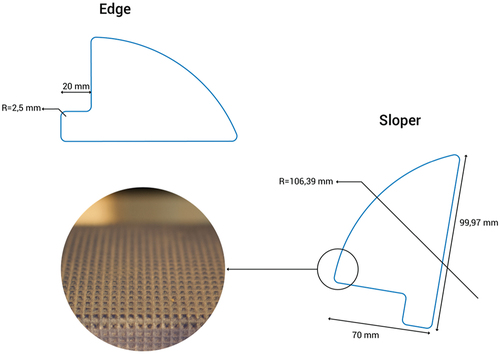
Figure 3. Example time-series data of the vertical forces produced on the meta-grip. Peak force was the max of the moment force produced, noting that this information was available online to the participant during each trial.
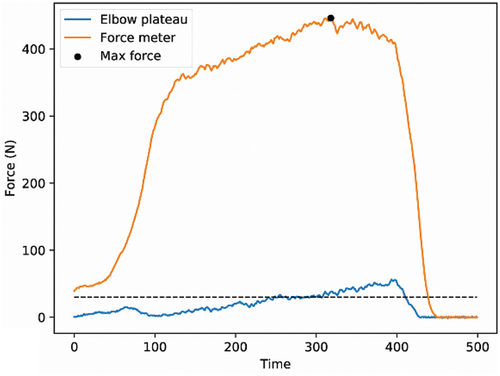
Figure 4. The two climbing routes: the sloper only route (purple) and the edge only route (red). F-RSD = French rating scale of difficulty.
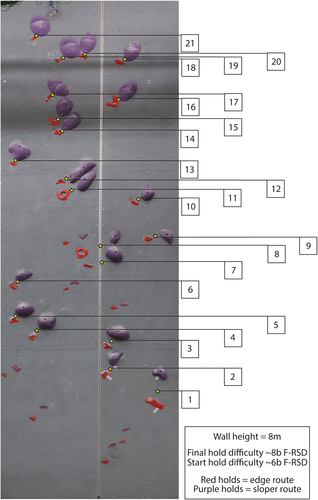
Figure 5. The relationship between the highest obtained MVC during the test and retest, both expressed in N/kg body mass, measured on the crimp grip in isolated position (upper left); crimp grip open chain (upper right); sloper grip in isolated position (lower left), and; sloper grip open chain (lower right).
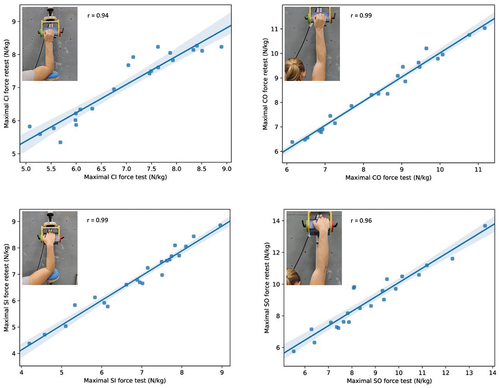
Table 1. The intra-session and inter-session reliability expressed as the ICC for the four conditions.
Figure 6. The relationship between highest on-sight level expressed on the IRCRA scale and relative fingertip force, expressed in N/kg body mass, measured on the crimp grip in isolated position (upper left); crimp grip open chain (upper right); sloper grip in isolated position (lower left), and; sloper grip open chain (lower right).
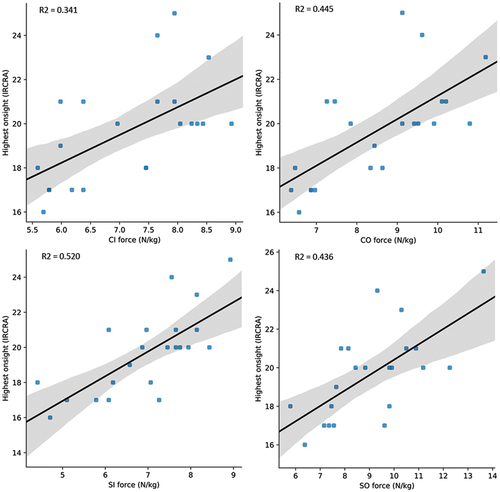
Table 2. The correlation coefficients (r) between absolute (left) and relative (right) fingertip force and self-reported redpoint and on-sight climbing level.
